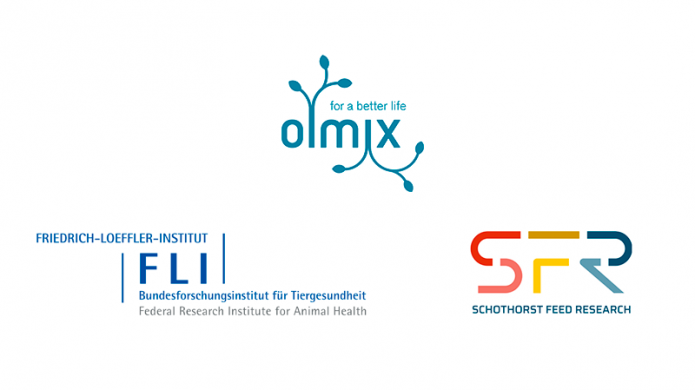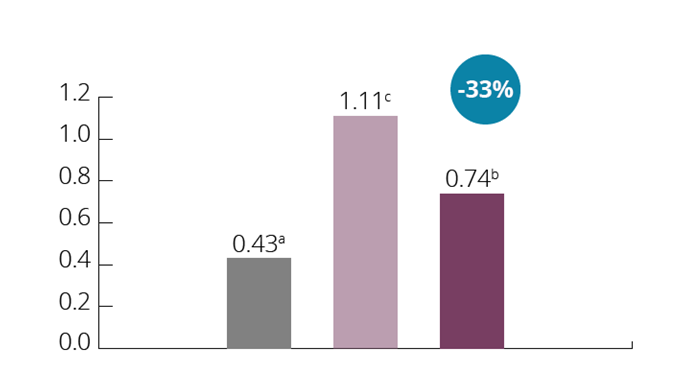As an expert in mycotoxin management, Olmix collaborated with Schothorst Feed Research center (Netherlands) and the Federal Research Institute for Animal Health (Germany) to study the transmission of zearalenone (ZEN) and (DON) from sows to piglets. In fact, few data on this subject are available, while ZEN and DON are the mycotoxins most commonly found in feed, known to provoke health and performance damage on animals. Moreover, they can be transferred to the milk when fed at high concentrations.
The aim of this new study was to evaluate mycotoxin transfer (ZEN & DON) from sows to piglets with low mycotoxin contamination levels and to evaluate the interest of the in-feed supplementation of the Olmix mycotoxin decontaminant based on Olmix Algoclay technology (combining algae and clay) to protect sows and piglets.


